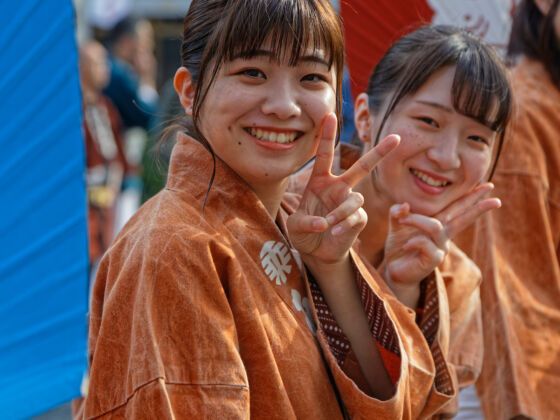1. When you go
Peak season is spring / fall, when the weather is mild and the cherry blossoms are going off (~10 days in early April). It’s much cheaper to travel off-season, particularly during the winter, the rainy season (early June to mid-July), and August, when temperatures are highest.
Since I live in Seoul and am able to see blossoms and palace gardens anytime, I visited Japan in February. It was cold and many buildings didn’t use much heating, but the costume-wearing kids in Harajuku, the ancient Japanese ink paintings in the Tokyo National Museum, and the sushi conveyor belt restaurants were there just as they are during peak season.
And during the off-season, accommodation is cheaper and more readily available — I was able to book last minute without a problem.
